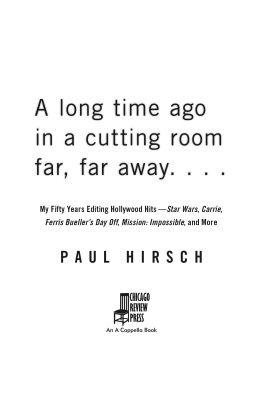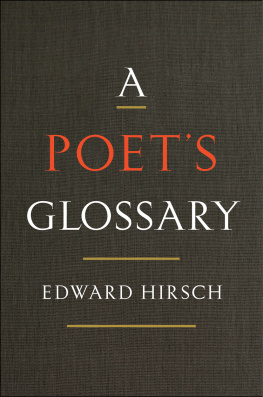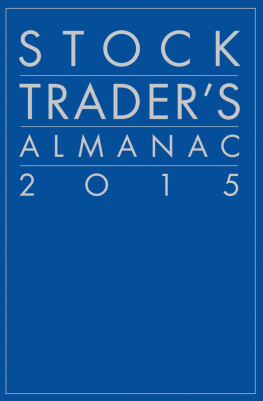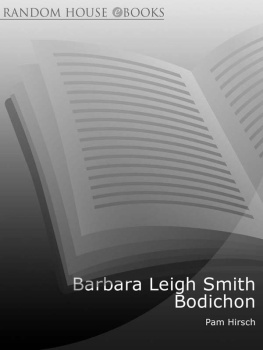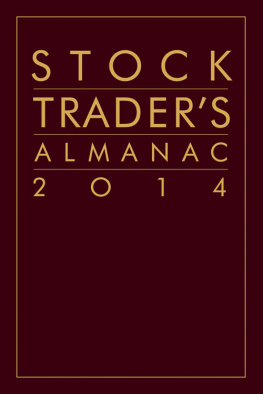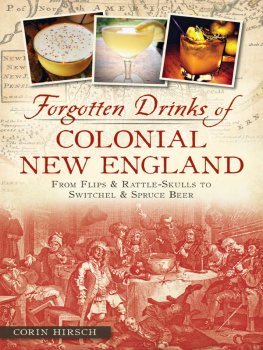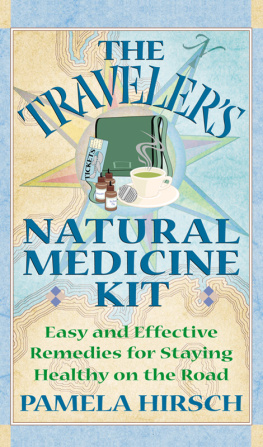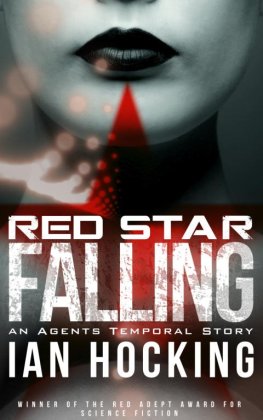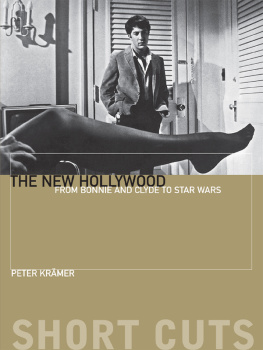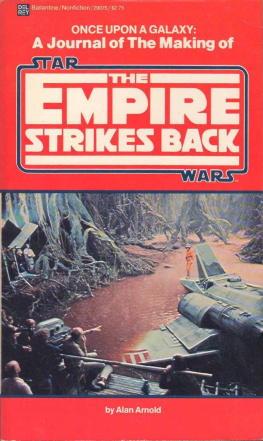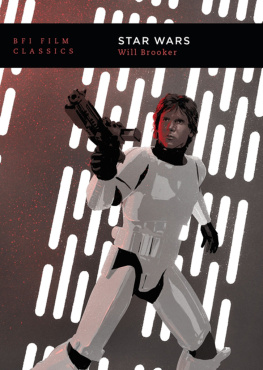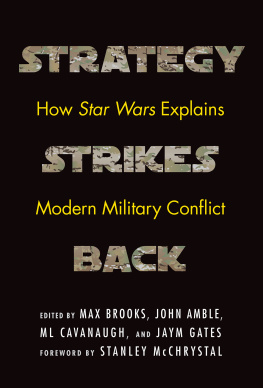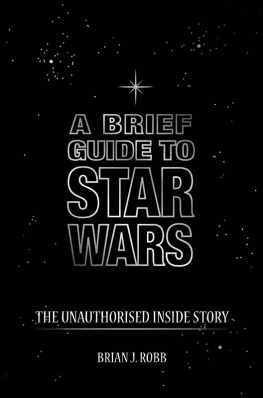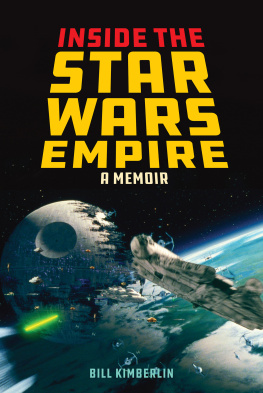Names: Hirsch, Paul, 1945 author.
Title: A long time ago in a cutting room far, far away : my fifty years
editing Hollywood hits; Star Wars, Carrie, Ferris Buellers day off, Mission: impossible, and more / Paul Hirsch.
Description: Chicago, Illinois : Chicago Review Press Incorporated, [2020] | Includes index.
Identifiers: LCCN 2019014536 (print) | LCCN 2019022238 (ebook) | ISBN 9781641602556 (cloth)
Subjects: LCSH: Hirsch, Paul, 1945 author. | Motion picture editorsUnited StatesBiography. | Motion picturesEditing.
Classification: LCC TR849.H57 A3 2020 (print) | LCC TR849.H57 (ebook) | DDC 778.593/092 [B]dc23
LC record available at https://lccn.loc.gov/2019014536
LC ebook record available at https://lccn.loc.gov/2019022238
Introduction
IN 1975 I EDITED A FILM directed by Brian De Palma called Obsession. It was an independent production, and upon its completion no studio in Hollywood would agree to release it because of an edgy plot development. After some thought, I suggested changing one shot in the film, from a wide establishing shot of a mansion to a close-up of our star. With this one substitution, Columbia Pictures agreed to distribute the film. That is what editing can do.
I have been working in the film business for fifty years. I have participated in big successes and big failures. At one point, I had worked on both the biggest hit of all time and the biggest flop, but Id have to say, all in all, I have led a charmed life. This book is intended to share with you my experiences in the business, as well as some of my opinions and the insights I gleaned from the many extraordinary figures I have met and worked with.
Think of the worlds biggest movie stars, the most powerful producers, the most talented writers, directors, and cinematographers hired by one of Hollywoods historic studios to create a movie into which they will pour hundreds of millions of dollars to market and distribute around the world. Sometimes over a thousand people are employed on a single movie. The production crew spends weeks and months carefully prepping the shoot, building sets, designing costumes, and scouting locations. Then they spend more weeks and months shooting, often in bitter cold or broiling heat; in the rain or snow; at night, hours on end, with too little sleep, eating in tents, often twelve or more hours a day. Actors will show up hours before shooting just to be properly made up or coiffed. All this investment of time, money, creativity, and physical effort combines to provide the editor with his or her raw materials. Thats me, the editor. Its the best job on a movie.
Editing is a bit of a misnomer. Just as the pocket computers we all carry are called phones, even though making phone calls is just a fraction of what we use them for, editing film is just one facet of the job. We editors spend a great deal of time building up the first cut. Its as if we are given a big box containing all the parts needed to put together a gizmo of some kind, except there is a lot of other junk in the box as well. We sift through all the footage shot each day looking for and extracting the useful parts of each angle or setup. We then cut these together into longer and longer sequences, or scenes. Sometimes these useful parts are analogous to sentences; other times they are like phrases or individual words, or even syllables, strung together to form meanings greater than their constituent parts. The shots derive their meaning from their context. Context is everything. You can take the most affecting moment of a four-hankie movie and cut it into the middle of a broad comedy, and it will seem absurd. We must choose with care how to frame the best moments. Looking through dailies (the raw footage shot on a particular day) is hunting for jewels, and once theyre found, we have to mount them to maximum effect. What precedes a shot is critical, and the art of editing is, in part, how to make each shot achieve its full potential in the sequence.
Building the first cut is not just cutting out the bad stuff but, more important, putting together a collage out of bits of action and sound. Which bits the editor chooses and how theyre arranged makes his or her work unique. Not until all the scenes have been shot and each one has been built into a rough version of itself can the editing phase of postproduction really begin. This process, cutting the final version that the audience will see, is the most interesting and crucial step in the editing of a film. And because it is a process that is shared with the director, it varies as much as people differ one from the other.
Showing a first cut to a director can be an anxious moment, especially if it is the first time you are working together. Agreeing to work for a new director is a bit of a blind date. You can meet and talk, and learn from other editors previous experience, but the moment of truth comes when you start collaborating to turn the rough cut into the finished film. Screening the first cut is difficult for the director too. Will all the ideas and hard work pay off? I learned on my first picture that no matter how well edited the individual sequences are, it doesnt mean that the picture will work. But even so, it is an extremely important moment, because as director Herbert Ross used to say, You only get one chance to see a picture for the first time.
The editor and director are mutually vulnerable. The editor is the directors first audience, and any mistakes made in shooting are there on the screen for us to see. As for us editors, the director is really our only true audience. Only he or she is privy to all the choices we have made, unfiltered through anyone elses sensibility. Consequently, the creative bond between director and editor can be extremely intimate. Ideally, each one provides emotional support to the other.
Every picture is handmade, and consequently the editors sense of authorship of a film can be intense. But the culture of filmmaking forbids anyone to see the editors work until after the director has seen it and made changes, so editors are sometimes thought of as mere assistants to the director. Today, however, advances in technology have somewhat eroded this tradition of secrecy. The complexity of making special effects films requires early assemblies to be more widely shared than they used to be, and new technology has made it easier to do this.
I am often asked how much discretion I have in performing my work. The truth is, I am hired to make the myriad choices that go into cutting each scene. It is very much like an actor, who may do ten takes of a scene, making a different choice each time. Only one of them is endorsed by the director and used in the film. The others are rejected. I make dozens, or even hundreds of choices a daysubject, of course, to review by the director. But that doesnt mean that all the choices are revised. I take great pleasure in the moments in my films that are just the way I cut them the first time. The directors looked at them and decided they couldnt be improved, like the Fonz from 1970s TVs Happy Days checking himself in the mirror, comb in hand, then stopping and putting the comb away because he looks perfect already.
Editing is the only aspect of filmmaking without deep roots in some earlier art form. Writing and acting come from theater. Production design has its antecedents in the theater too, as do costume, hair, and makeup. Photography has painting as its ancestor, but telling a story through a succession of images and sounds is native to the art of motion picture making. There is a relation to hieroglyphics as well as to picture books, but these are to the dynamic of film editing as the oxcart is to the space shuttle.

